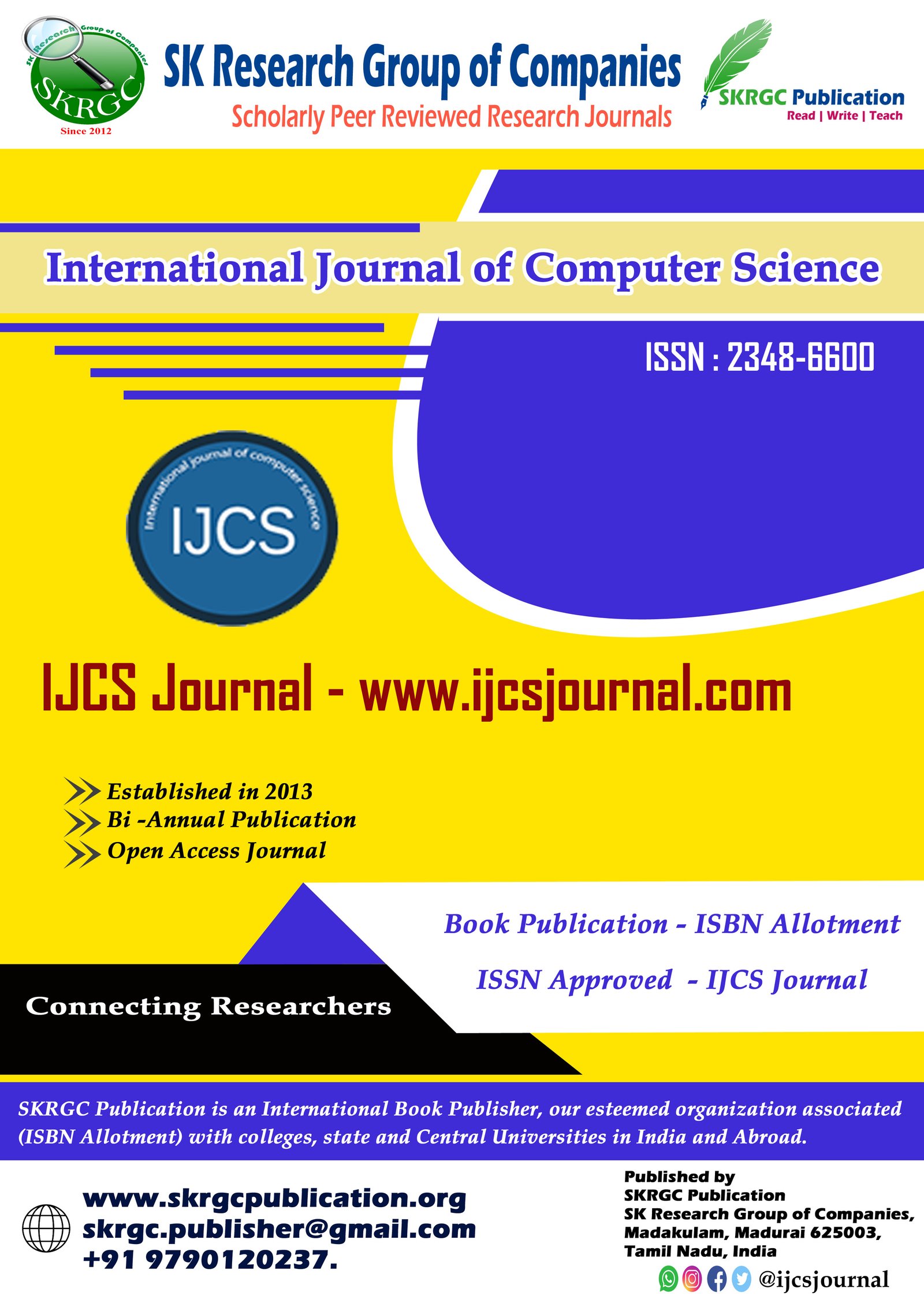REAL TIME APPLICATIONS IN HOLOGRAPHIC PROJECTION
International Journal of Computer Science (IJCS) Published by SK Research Group of Companies (SKRGC)
Download this PDF format
Abstract
The hologram, which is defined as an advanced technology of photography, is being renovated for the digital world in the form of a virtual, three-dimensional projection of an object. These three-dimensional images are created through the interference of light beams, which preserves the depth, parallax, and the additional properties of an actual object. This innovation allows the objects to float in the air or stand on a nearby surface, allowing a user to move around the display and present a realistic looking image. Business, education, telemedicine, and other sectors use hologram technology. The application of holograms in the fields of art, science, and technology creates illusion effects that gives the impression of a real object to the naked eye. This paper explores the working model of holography and the real-time applications of holography.
References
1. V. M. Bove, “Display holography’s digital second act,” Proceedings of the IEEE, vol. 100, Issue 4, April 2012, pp. 918–928.
2. Di Wang, Chao Liu, Chuan Shen, Yan Xing & Qiong-Hua Wang, Holographic capture and projection system of real object based on tunable zoom lens, PhotoniX, vol. 1, Article No. 6, 2020.
3. R. W. Gerchberg and W. O. Saxton, “A practical algorithm for the determination of phase from image and diffraction plane pictures,” Optik, vol. 35, No. 2, 1972, pp. 237–246.
4. J. Zhang, S. Dai, C. Ma, T. Xi, J. Di, J. Zhao, A review of common-path off-axis digital holography: towards high stable optical instrument manufacturing, Light Advanced Manufacturing 2, Article No. 23, 2021.
Keywords
3D, Hologram, Realistic Hologram, Stereotypical Hologram.

